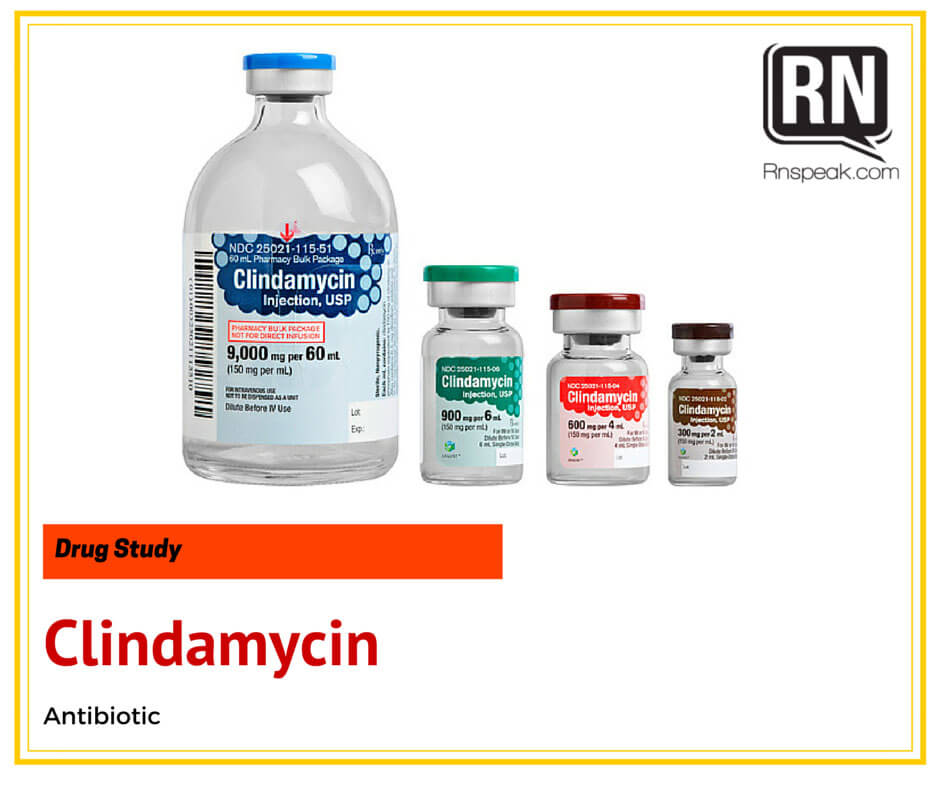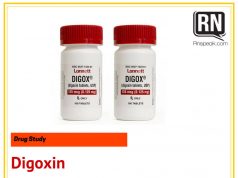
There is one drug that some lay people mix with astringents to come up with a “mixture” of a solution to be applied topically. This drug is Clindamycin. Is it the proper way of using the drug to treat pimples?
Clindamycin Drug Study
Generic Name: Clindamycin hydrochloride
Brand Name: Dalacin-C, Cleocin
Classification: Antibiotic, lincosamide
Uses:
- Treatment of serious respiratory tract infections caused by anaerobes
- Treatment of serious skin and soft tissue infections, septicemia and abdominal infections
- Serious infections caused by Streptococci/ Staphylocicci/ Pneumococci
- Adjunct to surgery for chronic bone/joint infections
- Treatment of acne vulgaris
- Treatment of bacterial vaginosis
Actions:
- Suppresses protein synthesis by microorganisms by binding to ribosomes
- Prevents peptide formation
- Does not diffuse adequately to the CSF
Contraindications:
- Hypersensitivity
- Use in treating minor bacterial infections
- Use in clients with a history of regional enteritis, ulcerative colitis, meningitis, antibiotic-associated colitis
- Use for treating viral infections
- Lactation
Special Concerns:
- Systemic use may cause severe and possibly fatal colitis.
- Diarrhea and pseudomembranous colitis may occur up to several weeks.
- Opiates or diphenoxylate with atropine may aggravate the condition.
- Reserve for serious infections.
Side-Effects:
- Diarrhea
- Pseudomembranous colitis
- Tinnitis
- Nausea and vomiting
- Slin rashes
- Dry skin
- Burning
- Itching
- Skin erythema
- Peeling
- Oily skin
- Cardiopulmonary arrest
- Anaphylaxis
- Agranulocytosis
- Aplastic anemia
Dosage:
Per Orem: 150-300mg q6h. For severe infections: 300-450mg q6h.
Life-threatening infections: 4.8 grams/IV
Topical: Apply a thin film on the affected area.
Nursing Considerations:
- Use parenteral form for anaerobic infections
- Reduce dosage in severe renal impairment
- Give parenteral dosage for hospitalized clients only
- Administer IV over 20-60 minutes
- Assess for diarrhea and possible colitis
- Assess extent of infections and if improvement occurs
- Monitor liver and renal function
- With IV, keep in bed for 30 min. following infusion to prevent hypotension
- Take orally with a full glass of water to prevent stomach distress
- If diarrhea occurs, do not use antiperistaltic agents
- If using vaginal cream, it weakens latex-containing condoms due to the mineral oil content
- Do not use peeling agents on affected acne areas







